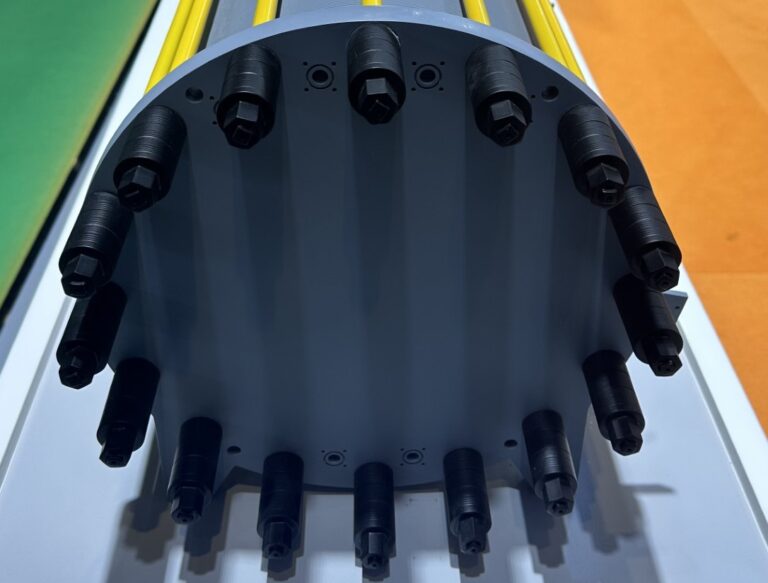The Polish government has set out its main objectives for hydrogen development, while Tyczka Hydrogen says a damaged compressor from Maximator Hydrogen recently caused an incident at one of its gas stations in Germany.
Poland has released one strategic document which sets out the key objectives for hydrogen development, by creating incentives in the energy, transport and industrial sectors. In the energy and heating sector, the Polish government plans to support research and development over the next five years. In the transport sector, the government aims for at least 32 hydrogen filling stations by 2025 and a maximum of 1,000 hydrogen buses by 2030. The country wants to realize at least five hydrogen valleys by 2030 and develop factories for electrolyzers, fuel cells, hydrogen storage tanks and hydrogen vehicles. Currently, Poland is the third largest hydrogen producer in the European Union.
Tyczka hydrogen said an incident two weeks ago at the gas station in Augsburg, Germany, was caused by a damaged Maximator Hydrogen compressor. “The tie rod, which is part of the MAX Compression System from the factory manufacturer Maximator Hydrogen, ensures that all components involved the compressor are held tightly together. When the rod broke, hydrogen immediately escaped from the compressor under high pressure, which then ignited in an explosion,” said Tyczka Hydrogen. “Three other hydrogen filling stations supplied by Maximator Hydrogen, which contain a part from the same batch, are also currently being inspected as a precaution.”
Barrel trap said it has stopped working with Shell on the HySkies electrofuel project. Vattenfall added that it is actively seeking new partners to explore potential industry decarbonization initiatives in the Forsmark region of Sweden. According to Vattenfall, the problem with Shell stems from disagreements over the timelines of the aviation electrofuel project. “Both companies have requested the termination of the grant agreement for financial support through the EU Innovation Fund as it is unfeasible for the project to succeed within the framework of that agreement and as they aim to free up funds for others to use in their ambitions to decarbonize,” said Barrel trap.
Plug-in power supply has completed the deployment of 13 hydrogen fueling stations (HRS) across Europe over the past two years, according to the New York-based company. “All systems are currently in the commissioning phase, many of which are already operational,” said Company. “The remaining systems are expected to be fully operational this summer.” It says the projects span locations in the UK, France, Germany, Spain and the Netherlands. They support Plug Power’s European material handling customer base, including Amazon, Stef, ASDA, Lidl and others. In addition, these stations serve Plug Power facilities and HYVIA locations, a joint venture between Plug and Renault focused on the development of hydrogen fuel cell electric commercial vehicles. The largest of these sites is expected to use almost half a ton of hydrogen per day.
Fertiglob has signed a twenty-year offtake agreement with Hintco in Germany for green ammonia from the Scatec-led hydrogen project in Egypt. “The H2Global Prize represents an important milestone for the Egypt Green Hydrogen project in Ain Sokhna,” said Scatec CEO Terje Pilskog. “This demonstrates the competitiveness of green hydrogen and ammonia production in Egypt.” In 2021, Scatec and its partners agreed to develop, build, own and operate a 100 MW electrolysis facility to produce renewable hydrogen. This hydrogen will serve as a raw material for sustainable ammonia production in the existing Fertiglobe ammonia factory. The project will be powered by approximately 270 MW of solar and wind energy, aiming to deliver approximately 13,000 tonnes of renewable hydrogen and up to 74,000 tonnes of renewable ammonia per year.
This content is copyrighted and may not be reused. If you would like to collaborate with us and reuse some of our content, please contact: editors@pv-magazine.com.


